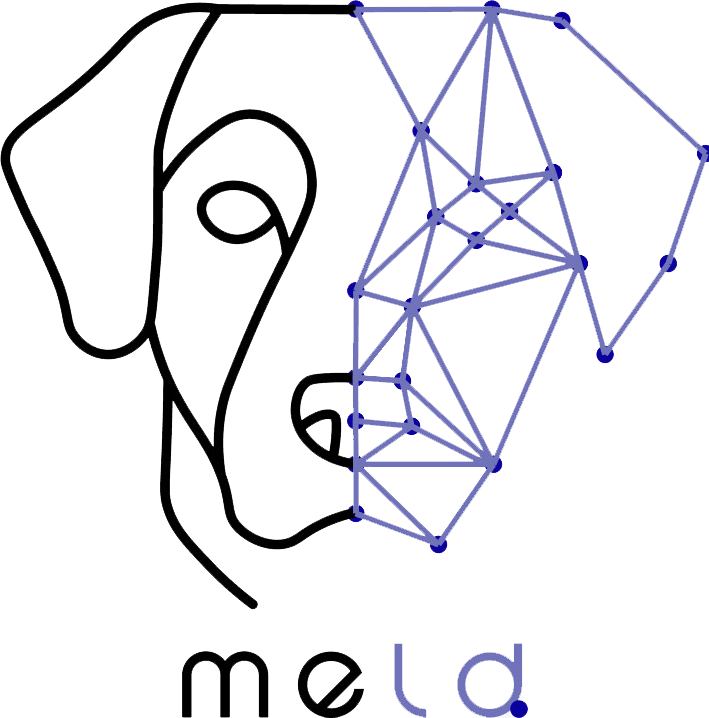This study utilized a multi-method approach, combining fMRI, eye-tracking, and behavioral preference tests, to investigate the neuro-cognitive basis of the dog-human relationship, which is hypothesized to resemble a human mother-child attachment bond. Dogs were presented with dynamic morph videos of their human caregiver, a familiar person, and a stranger, displaying either happy or angry facial expressions. The fMRI results indicated that viewing the caregiver activated brain regions associated with emotion and attachment processing in humans, regardless of the emotion shown, and also led to increased activation in areas linked to reward processing (caudate nucleus) for both happy and angry caregiver faces. In contrast, the stranger predominantly activated brain regions related to visual and motor processing. Both the eye-tracking and behavioral preference tests generally supported the prominent role of the caregiver’s face, with dogs tending to show a preference for looking at and being near the caregiver’s image, despite an initial quicker fixation on the stranger possibly due to novelty effects. These preliminary and converging findings suggest that a putative attachment system is engaged when dogs interact with humans, indicating a positive perception of the attachment figure regardless of their displayed emotion.
Non-Invasive Computer Vision-Based Fruit Fly Larvae Differentiation: Ceratitis capitata and Bactrocera zonata
This paper proposes a novel, non-invasive method using computer vision

